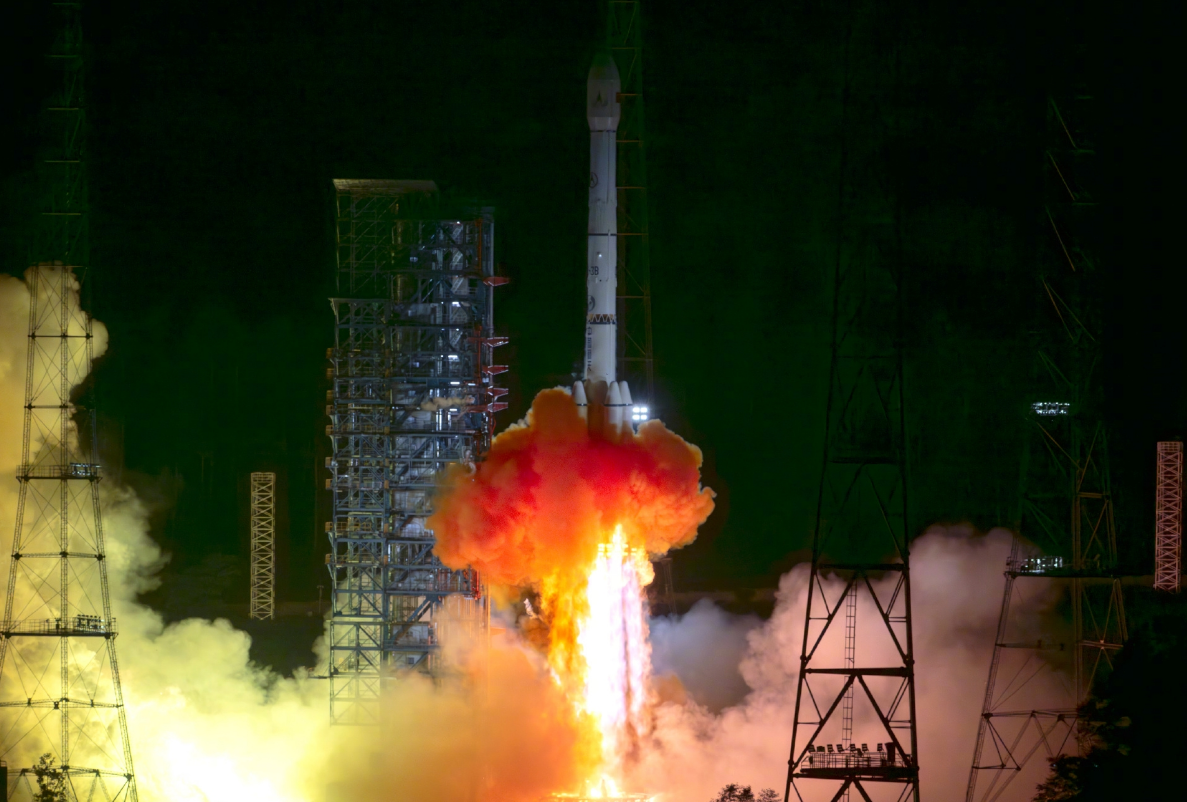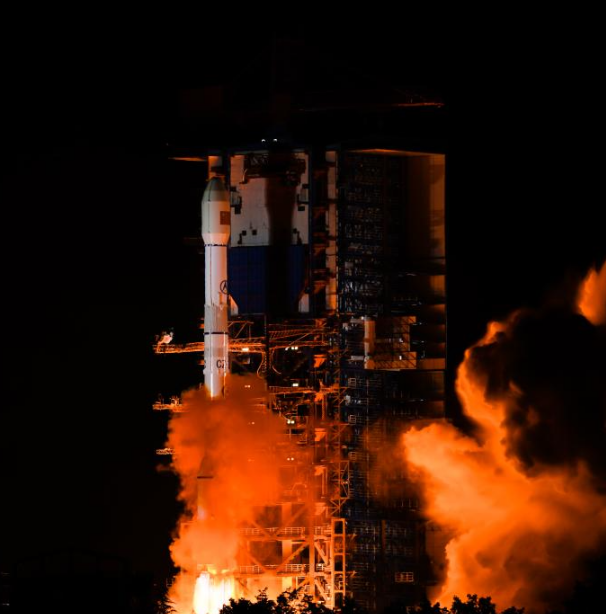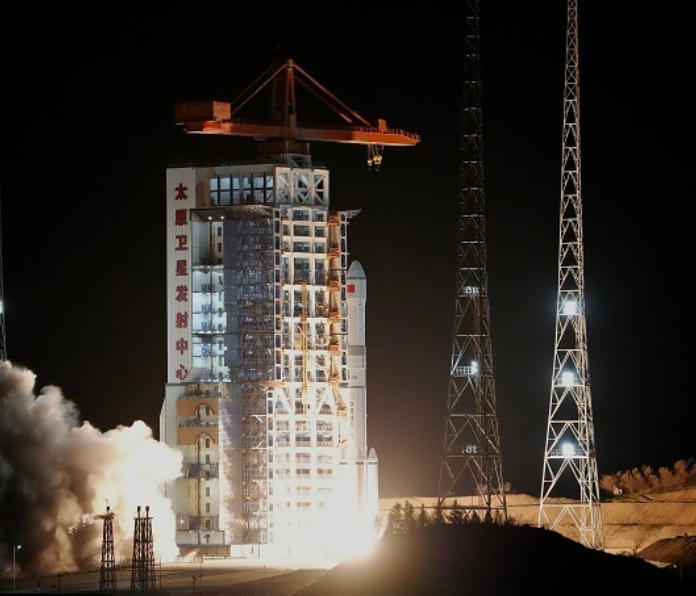09
2025-05
Chinese Scientists Develop High-Performance MEMS Fast Steering Mirror for Satellite Laser Communication
A research team led by Prof. Wu Zhenyu and Dr. Wang Lihao from the Shanghai Institute of Microsystem and Information Technology (SIMIT) has developed a groundbreaking 10-mm aperture piezoelectric MEMS fast steering mirror (FSM) to enhance satellite laser communication. The study, published in Microsystems & Nano Engineering on April 29, addresses critical challenges in achieving high precision, rapid response, and stability for space-based optical links.
By leveraging dual-layer heterogeneous integration and wafer-level bonding technology, the new MEMS FSM overcomes limitations of traditional mechanical mirrors (e.g., bulky size, hysteresis) and existing MEMS solutions (e.g., small aperture, low bandwidth). Its innovative stress-concentrated mechanical design enables ultra-high linearity and dynamic surface deformation of only 2 nanometers under quasi-static driving, meeting stringent requirements for long-distance laser communication. The team highlighted its potential to miniaturize satellite communication terminals and improve reliability in aerospace applications, with plans to further optimize mirror size and closed-loop control.
Source: SIMIT
-
29
2025-05

Tianwen-2 Mission Launched Successfully
At 1:31 AM today, China successfully launched the Tianwen-2 planetary exploration probe from the Xichang Satellite Launch Center using the Long March-3B Y110 carrier rocket.
-
13
2025-05

Communication Technology Experiment Satellite No. 19 Successfully Launched
At 2:09 on May 13, China successfully launched the Communication Technology Experiment Satellite No. 19 from the Xichang Satellite Launch Center using a Long March 3B carrier rocket. The satellite smoothly entered its predetermined orbit, and the launch mission was a complete success.
-
12
2025-05

Remote Sensing Satellite No. 40, Group 02, Successfully Launched
On May 11 at 21:27, China successfully launched the Remote Sensing Satellite No. 40, Group 02, from the Taiyuan Satellite Launch Center using a Long March 6A carrier rocket. The satellite entered its predetermined orbit smoothly, and the launch mission was a complete success.









